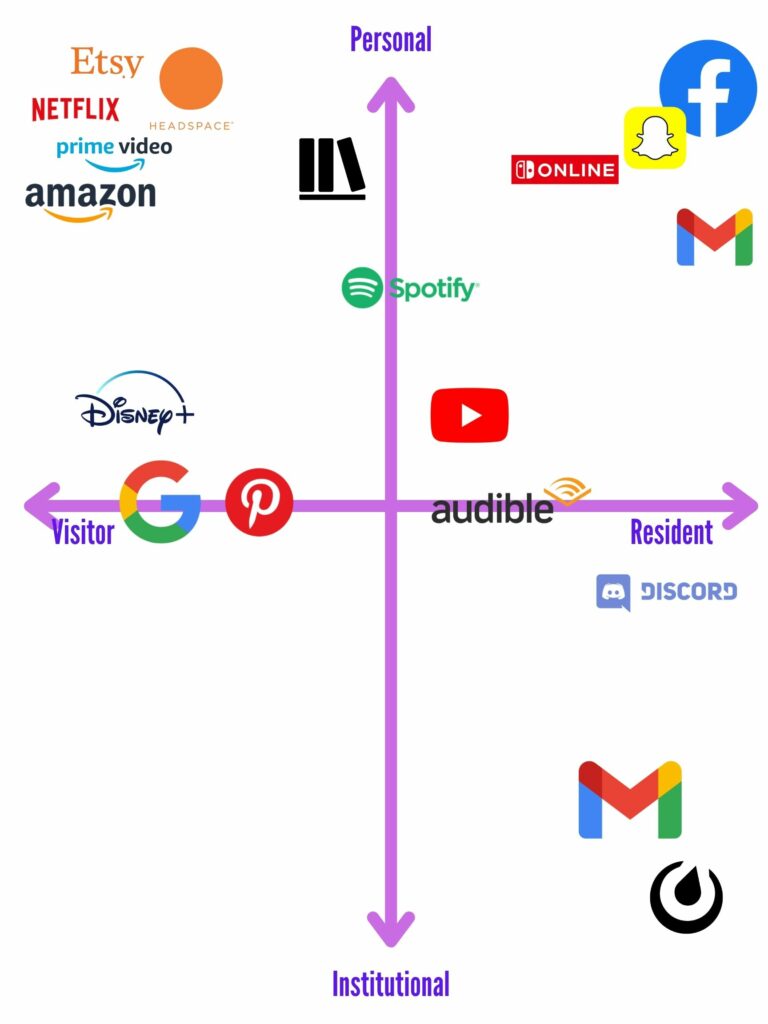In terms of PLNs and professional growth, twitter always seems to get the credit. I am not personally on Twitter; I am generally far too shy to interact with strangers on the internet. I do concede that it seems to be so great for PLNs because unlike many other social networks it is almost entirely discussion-based. Of course, pictures, videos and gifs all play a role but the primary mode of communication on Twitter is words. The guest this week however made me consider a further aspect I don’t previously include in my PLN, podcasts. I listen to quite a few podcasts, some of the more local and others with broader learning-based subject matter. Although these aren’t necessarily helping me build connections, they are helping me build knowledge and in some cases my exposure to incredible individuals who are knowledgeable and influential in their field. Oftentimes these are on subjects completely outside of my personal interests, but their passion and interest draw me in and I come out a more well-rounded person. In my mind this is the goal of a PLN, to broaden your horizons and expose you to new things and ideas. Even though I will likely never be working in, fire ecology, for example, but the knowledge I have gained on the subject due to a podcast doesn’t mean that that won’t be useful throughout my career and life.
In terms of whether my PLN can grow my professional development post-course, I think that it can if I put time and effort into growing it as I grow myself both personally and professionally. The beauty of PLNs is that you have a lot of control over the people you engage with, the content you see and the subject matter you focus on. Previously in this course, there has been discussion on how including people and content adjacent to your field can be extremely beneficial. Diversity can be injected in many ways and that is one of them, and it is ultimately beneficial for all to use the internet and PLNs to “overcome the different cultural, but also social, economic, and political barriers.” (Giudice et al., 74) I was to change directions I think it would be more about building up into that new field rather than purging it of all those previous connections. PLNs are what you make of them, and the time and care you put into them will reflect in the connections and professional opportunities that are open to you.
Works Cited
“EDCI PODCAST – 2021–10-24 Mo Amir.” YouTube, uploaded by Jesse Miller, 24 Oct. 2021, www.youtube.com/watch?v=LgoDet6pwaI.
Giudice, Del Manlio, et al. “From Information Society to Network Society: The Challenge.” Social Media and Emerging Economies: Technological, Cultural and Economic Implications (SpringerBriefs in Business), 2014th ed., Springer, 2013, pp. 71–88, doi:10.1007/978-3-319-02490-5.

Recent Comments